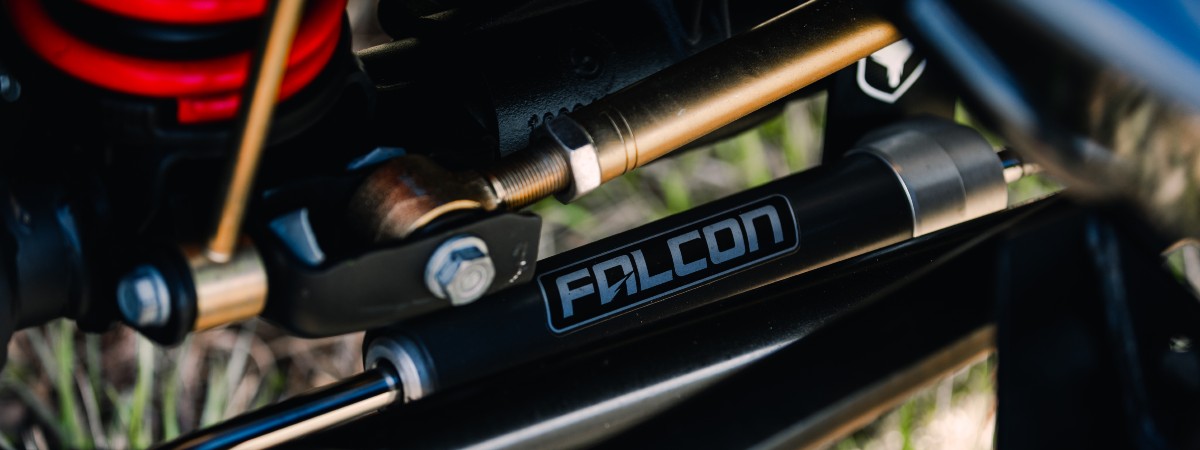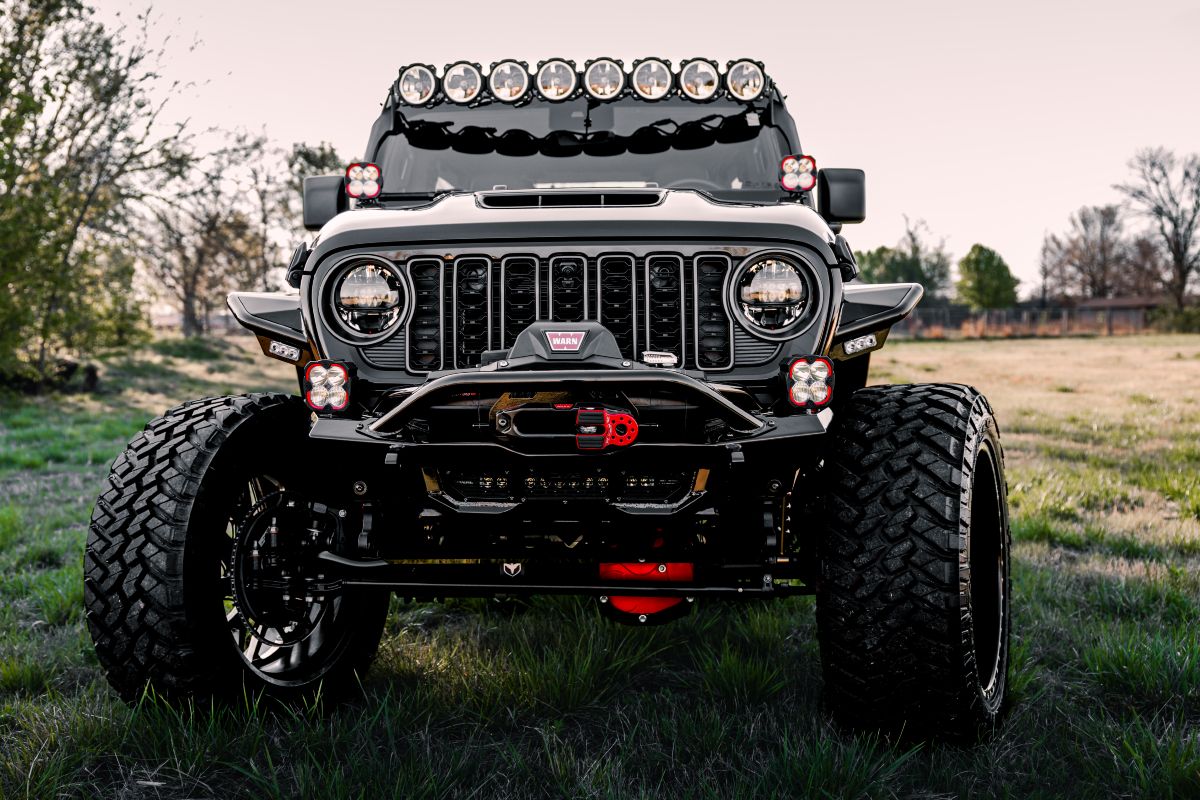There are many reasons to lift your Jeep, from aesthetic appeal to clearing rugged terrain, but whatever your reason it’s a statement of your lifestyle and many would never take that decision back. For many off-roading and Jeep enthusiasts, installing a suspension lift kit is the first step in their custom build journey, giving them the ability and confidence to tackle more adventurous trails behind the wheel. It is important to note, however, that nothing is without its consequences. While the advantages of lifting your Jeep, especially when it comes to off-roading, are undeniable, doing so can also change handling, stability and wear over time. We’re going to dive into how exactly these things are affected in your lifted Jeep and discuss some potential measures you can take to mitigate their impact.
Effects on Handling
One of the main reasons to lift your Jeep is because it enhances your handling in off-road situations; however, its effect on your driving while on an actual road is a far less positive change. Naturally, installing a lift kit on your Jeep vehicle will alter its center of gravity to be much higher than normal, which means you’ll need to slow down much further in situations you might not have otherwise, or risk rolling your vehicle. Other negative effects can include looser steering and reduced responsiveness.
Effects on Stability
Much like handling, stability is also negatively impacted by having the higher center of gravity from the lift kit. Having the extra ground clearance that comes with lifting your Jeep is massive for clearing obstacles and navigating rough terrain, but as we mentioned it makes you much more susceptible to tipping over in extreme situations, such as steep slopes or sharp cornering. This problem is exacerbated by adding additional weight to your rig – such as installing a winch or roof rack – which is common with a custom-built lifted Jeep.
Long-Term Wear & Tear
While these effects on handling and stability are bad and dangerous, they can often be avoided by careful driving. The more significant concern is the increased strain lifting your Jeep puts on some of its key components. Things like the driveshaft, axles and the actual suspension system are all subjected to new angles and greater stress than they otherwise would be. Over time, this can cause accelerated wear and tear and potentially lead to system failures. To give you an example, the U-joins in your lifted Jeep’s driveshaft might experience faster deterioration due to steeper angles caused by the lift kit.
Preventative Measures to Protect Your Jeep
These issues might sound frightening, but there is no reason you shouldn’t lift your Jeep. Lifted Jeeps continue to be some of the best options for off-roading, and installing a lift kit is an integral part of the lifestyle. You just need to understand the problems and take some of the following preventative measures to mitigate the risks.
- First of all, make sure you’re choosing the right lift kit. Do not choose a cheap kit or a knock off, opt for a high-quality lift kit that was designed for your specific model. It might take some research, or you can simply work with us, and this will certainly reduce the risk of poor performance and part failure.
- You could also consider upgrading some of the supporting components in your Jeep to complement your lift kit. Things like your steering stabilizer, control arms and track bar help to maintain proper alignment and can compensate for the changes your lift kit brought to suspension geometry.
- Make sure to get your alignment checked and adjusted on a regular basis, but especially right after installing your lift kit. If your Jeep has proper alignment, it will minimize uneven tire wear and improve handling and stability.
- Alignment shouldn’t be the only thing you’re checking on a regular basis, as routine maintenance and multi-point inspections will be sure that components like those aforementioned U-joins as well as bushings, ball joints and more aren’t wearing out too quickly.
- Finally, adjust your driving habits, especially when cornering or carrying a lot of extra weight. This will help to compensate for the reduced stability and handling.
If you have any questions, don’t hesitate to get in touch with us right here at LiftedJeeps.com. We’d be happy to help you choose the right lift kit for your vehicle, or get you behind the wheel of an already lifted Jeep. We look forward to hearing from you!



